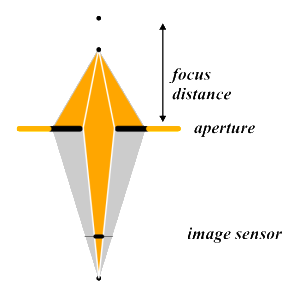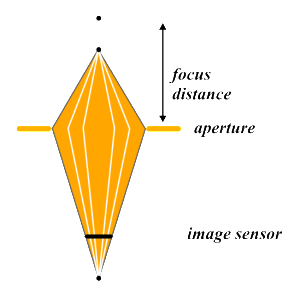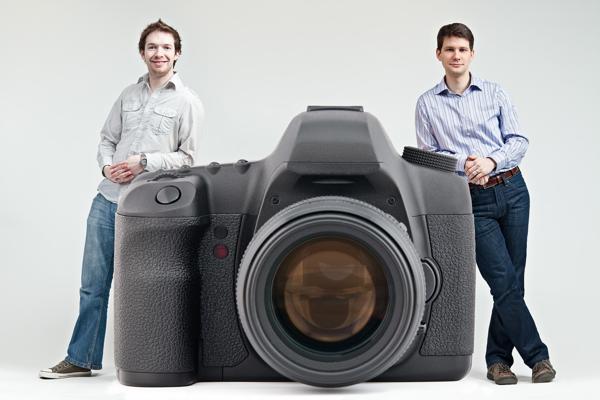
The ubiquity of cell phone cameras makes everybody a photographer – or so they think!
Today on The Academic Minute, Radu Sporea, an engineer at the University of Surrey, will teach us how to improve our photography skills through a scientific profile of aperture.
Dr. Radu Sporea is Royal Academy of Engineering Academic Research Fellow in the Advanced Technology Institute at the University of Surrey. His current research focuses on power-efficient, cost-effective large-area electronics in organic and inorganic semiconductor technologies. Additionally, Dr. Sporea enjoys traveling, podcasting, photography and public engagement in science.
Photography: The Science of Aperture
![]()
 With cell phones and advanced cameras, everybody’s a photographer these days! But, knowing a little bit about the math, science & engineering that go into capturing a photo will help you perfect your snapshots!
With cell phones and advanced cameras, everybody’s a photographer these days! But, knowing a little bit about the math, science & engineering that go into capturing a photo will help you perfect your snapshots!
Simple geometry plays a central role in the look of your pictures. Consider the opening the lens, or aperture, through which, light passes on its way to the sensor. Your camera’s settings for aperture are represented by what’s called the F number. It’s defined as the focal length of the lens DIVIDED by double the radius of the aperture, so larger apertures correspond to smaller F numbers. The aperture is approximately circular and we know the area of a circle as πr2. To double the amount of light you need to double the area which means increasing the radius by the square root of 2, or about 1.4. This is why the F number settings go in a bit of a strange progression: 8, 5.6, 4, 2.8,…
Large aperture lenses gather more light, usually by using larger and more expensive pieces of glass, but they have an important artistic effect: they only show objects at a certain distance from the camera in sharp focus. Everything closer or further away appears blurred. This is a great way of separating your subject from distracting backgrounds: ideal for portraits, in which the subject is far more important than what’s behind, one would hope. Conversely, a small aperture like F22 blocks out  the out of focus light rays, so it’s ideal for landscapes, where you want as much of the scene to appear in focus.
the out of focus light rays, so it’s ideal for landscapes, where you want as much of the scene to appear in focus.
Photography is about deliberately choosing how, when and from where to take pictures. It’s also about understanding through experimentation. So with this fresh scientific approach, start tinkering with the settings on your camera and take some fantastic photos!



